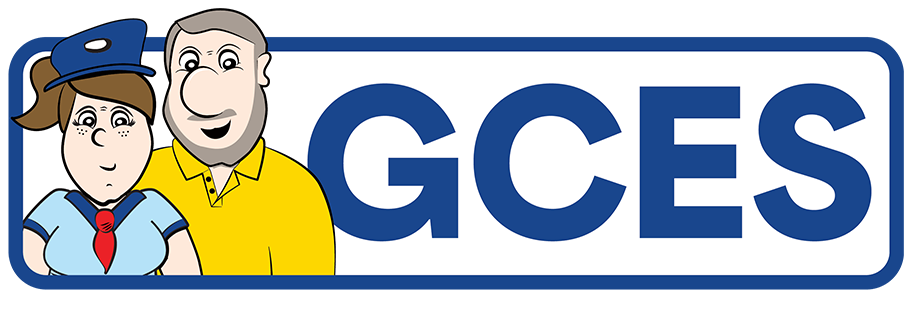Retirement, finances and veterans’ affairs. All of these are stages and places in life with a wealth of acronyms. I feel that it is worthy to mention that during my time training in the military, I had become accustomed to living in a culture of acronyms. I would have become confused quickly if I didn’t adapt accordingly, given the military loves to abbreviate everything. However, as of today, I still live in a military acronym world and continue to label everything with an acronym. Ask anyone in my office. Everything has an acronym. Today I am going to share some important acronyms that I have learned during my time as a veteran. I’ll also cover other significant acronyms, which I educate Federal Employees and their families on in order to help them secure a better financial future.
Vocational Rehab and Employment, also known as VR&E
Available for veterans and service members alike, VR&E can be a great asset to anyone who is seeking post-military employment and for those that are looking to start their own business. There are not only an array of services offered, but it has a whole grouping of additional acronyms! Some of the services offered include things like job training and resume development. This program can even help with things like employment accommodations and coaching the vets on up-to-date job seeking skills. This acronym is one to remember and it is even personalized for each individual based on their current needs. The goal of the VR&E department is to help every veteran down the right career path. In today’s job market, this is a benefit you can’t afford to miss.
The eligibility requirements can be found on the
Veterans Administrations website. To access the application process, you must login to your eBenefits account. You can register for an eBenefits account by visiting https://www.ebenefits.va.gov.
Veterans Group Life Insurance, also known as VGLI
Now this is an acronym made up of acronyms! Stay with me here, but these are all VGLI programs worth mentioning to anyone who is a veteran. First up is, Family Service Members Group Life Insurance or FSGLI. FSGLI provides life insurance for spouses and children. Second there is, Service Members Group Life Insurance or SGLI. SGLI policies provide life insurance for service members for up to 120 days after separation from service and is a low-cost option for term insurance. Next is Service Members’ Group Life Insurance Traumatic Injury Protection or TSGLI, which is a benefit that automatically comes with SGLI for an additional low cost of $1 a month for severely injured service members. Another one of importance is Service Members’ Group Life Insurance Disability Extension or SDVI. SDVI will provide a two-year extension to the previously mentioned SGLI at no cost to those service members who are totally disabled at the time of their separation. Lastly, there is Veterans’ Mortgage Life Insurance or VMLI. VMLI provides mortgage life insurance to severely disabled veterans who receive a VA specialty housing grant (which is my next acronym).
Specially Adapted Housing and Special Housing Adaptation Grant, also known as SAH/SHA Grant
Both of these housing grants are available to veterans with certain service-connected disabilities. These grants help veterans modify, remodel, adapt, purchase or build their own home (or the home of an eligible veteran or their family member). Not only are these acronyms alike, the programs are similar as well. The number one feature that differentiates these two programs is that SAH grants can be used to build a new home, meanwhile the SHA grant’s purpose is to only modify an existing home. The eligibility requirements for SAH are things such as loss of one or both legs/arms, blindness in both eyes and certain severe burns. The requirements for the SHA grant are much less severe, which is most likely why it cannot be used for the construction of a new home. Both of these programs offer permanent living situations for veterans and family members. This program will offer a veteran up to three grants.
Aid and Attendance, also known as A&A
This acronym is referring to an increased monthly pension that is available to all military pension participants. Simply put, if you have a military pension and are receiving monthly payments, you may be eligible to receive additional funds to help if you require A&A of another person or any veteran that is housebound. Since this is an add-on to their pension, they cannot receive it without first receiving payments from their pension. To apply for this benefit the veteran should write to their Pension Management Center (PMC) that serves their state. They will be required to have supporting documentation and other proof of verification to determine and validate eligibility. Be sure to request any medical records or other documentation needed from an attending physician or hospital to assist in speeding up the application process. The physician’s statement will need to specify the level or lack of mobility and/or if they’re housebound.
One of the things that I have come to love about our military and the Veterans Administration is their proclivity for making things into acronyms. Albeit a good thing or a bad thing, there are many acronyms to learn and many of them can be a great benefit to veterans and their families. For this reason alone, it’s time to jump in on the acronym bandwagon and just go with it. There are so many programs and acronyms out there, which sometimes change annually. If you are curious about a certain Veterans’ Administration program, or to find out if your eligible for any program, you can always contact them toll free by calling 1-800-827-1000.









